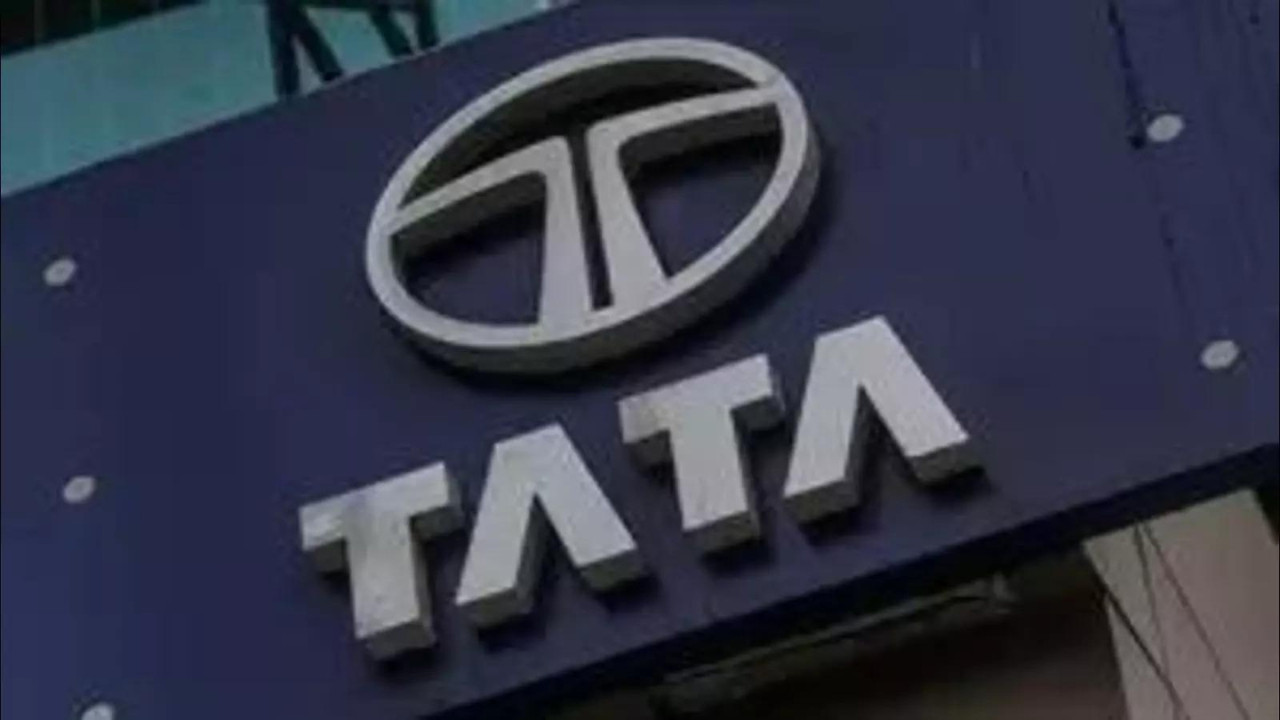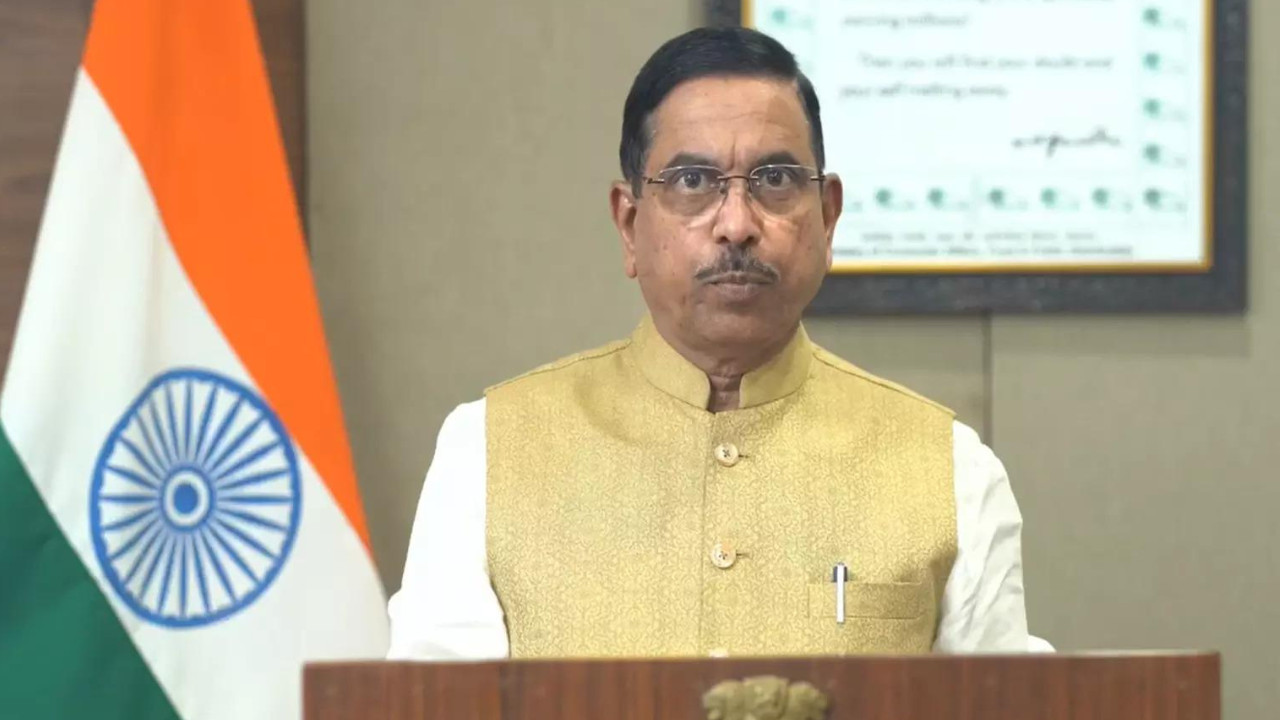The Curious Case of the Family Firm: Tata’s Transparency Tango
Okay, let’s talk Tata. That iconic Indian conglomerate, the one practically synonymous with ethical business practices, is in the midst of a fascinating internal dance. A dance, mind you, about… family. Specifically, the financial dealings of its top brass when those dealings involve companies even tangentially connected to their loved ones.
It all boils down to a report commissioned by the Tata Sons board – the holding company for the entire Tata group – examining the current system for executive disclosures. Seems the existing framework, designed to prevent conflicts of interest and ensure absolute transparency, might be… well, a little dusty.
Imagine this: you’re a high-powered executive at Tata Steel. Your brother-in-law owns a small logistics company that occasionally bids for Tata Steel contracts. Under the current rules, you might be obligated to disclose this relationship, but maybe not. It depends on the specifics, the perceived level of influence, and a whole host of subjective interpretations. And that, my friends, is where the potential for murky waters lies.
This report, shrouded in corporate secrecy (as these things usually are), apparently suggests tightening the screws. It’s pushing for a more comprehensive and standardized approach to disclosure. Think clearer guidelines, stricter definitions of “family” (because who decides which distant cousin counts?), and a more robust mechanism for ensuring compliance.
Now, why is this such a big deal? Tata has built its reputation on unwavering integrity. It’s a core tenet of their brand, a cornerstone of their success. Any whiff of impropriety, even the slightest perception of a conflict of interest, can chip away at that carefully constructed foundation. In a world where trust in corporations is constantly being challenged, maintaining that squeaky-clean image is paramount.
But beyond the reputational considerations, there’s a more fundamental principle at stake: fairness. A robust disclosure process ensures that everyone plays by the same rules. It levels the playing field for smaller businesses that might not have the same insider connections. It safeguards against the potential for favoritism and ensures that decisions are made solely on merit.
Think about it from the perspective of a regular investor. You’re putting your hard-earned money into a Tata company, trusting that the leadership is acting in your best interest. You want to be confident that contracts are awarded based on competence and value, not because of a family connection. This is where the transparency tango becomes vital.
The report’s findings and recommendations are now being circulated amongst the boards of individual Tata companies – Tata Consultancy Services (TCS), Tata Motors, Tata Steel, and so on. They’ll be tasked with reviewing the existing disclosures made by their executives, identifying any potential gaps or areas for improvement, and ultimately deciding whether to adopt the proposed changes.
This is where the rubber meets the road. It’s one thing to commission a report and identify potential weaknesses; it’s another to implement meaningful change. Will the boards embrace the recommendations wholeheartedly? Will they be willing to subject their executives to a more rigorous level of scrutiny?
Let’s be realistic. This isn’t just about preventing wrongdoing; it’s also about managing perceptions. Even if no actual conflicts of interest exist, the appearance of such a conflict can be just as damaging. A proactive approach to transparency demonstrates a commitment to ethical behavior and strengthens stakeholder trust.
The challenge lies in striking the right balance. The new system needs to be comprehensive enough to be effective, but not so burdensome that it stifles innovation or discourages legitimate business dealings. It needs to be fair and equitable, applied consistently across the entire Tata group.
What’s particularly interesting is the timing of this internal review. In an era increasingly focused on ESG (Environmental, Social, and Governance) factors, Tata is clearly signaling its commitment to the “G” – good governance. Investors are increasingly scrutinizing companies’ ethical practices, and a strong governance framework is becoming a prerequisite for attracting capital.
Ultimately, the success of this transparency initiative hinges on a shift in mindset. It requires a culture where disclosure is not seen as a burden or an intrusion, but as a valuable tool for building trust and fostering ethical behavior. It demands a commitment from the top down, with leaders setting the example and encouraging open communication.
So, keep an eye on Tata. This internal review, while seemingly mundane, could have significant implications for the company’s reputation, its governance practices, and its long-term success. The transparency tango is far from over, and the next few months will reveal whether Tata can truly waltz its way to a more transparent and ethical future. It’s more than just corporate housekeeping; it’s about upholding the Tata legacy.
📬 Stay informed — follow us for more insightful updates!







